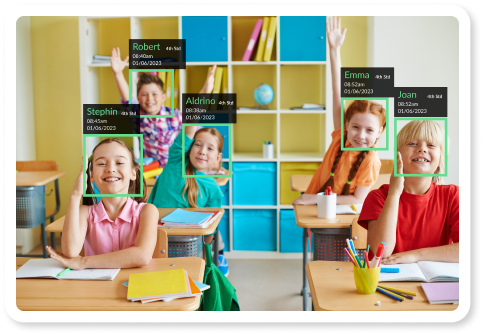Artificial intelligence (AI) has been making waves in various industries, and education is no exception. From student tracking to teacher evaluation, AI is being used in various ways to improve the learning experience for both students and educators.
Student tracking is one of the most common ways that AI is being used in education. With the use of AI, educators can track the progress of their students and provide personalized feedback to help them improve. One example of this is the use of AI-powered tutors, which can track a student’s progress and provide tailored feedback to help them improve their understanding of a particular subject.
AI is also being used to create personalized learning plans for students. These plans take into account a student’s strengths and weaknesses, as well as their interests, to create a curriculum that is tailored to their needs. This can help to improve student engagement and motivation, which in turn can lead to better academic performance.
Another way that AI is being used in education is through teacher evaluation. AI-powered tools can analyze data from student assessments to provide teachers with feedback on their performance. This can help teachers to identify areas where they need to improve, and to make changes to their teaching methods to better support student learning.
One example of an AI-powered teacher evaluation tool is the use of speech recognition technology. This technology can analyze a teacher’s speech patterns and provide feedback on their pronunciation, enunciation, and tone of voice. This can help teachers to improve their communication skills and to better engage with their students.
AI is also being used to help educators to identify and support students who may be at risk of falling behind. By analyzing data on a student’s academic performance and behavior, AI-powered tools can help educators to identify students who may be struggling and to provide targeted support to help them improve.
One example of this is the use of AI-powered early warning systems. These systems can analyze data on student attendance, academic performance, and behavior to identify students who may be at risk of falling behind. The system can then provide targeted support to help these students improve, such as additional tutoring or counseling.
AI is also being used to help educators to create more engaging and interactive learning experiences for students. For example, AI-powered tools can be used to create virtual and augmented reality experiences that allow students to explore different concepts in a more engaging and interactive way.
AI-powered tools can also be used to create personalized learning experiences for students. For example, AI-powered tools can be used to create custom learning plans for students based on their strengths, weaknesses, and interests. These tools can also be used to create interactive and engaging learning experiences that are tailored to a student’s needs.
Despite the potential benefits of AI in education, there are also concerns about its use. One concern is that AI may be used to replace human teachers, which could lead to job losses and a decrease in the quality of education. Another concern is that AI-powered tools may be used to collect and analyze data on students without their consent, which could lead to privacy concerns.
In conclusion, AI is being used in a variety of ways to improve the learning experience for both students and educators. From student tracking to teacher evaluation, AI is being used to provide personalized feedback, create personalized learning plans, and to identify and support students who may be at risk of falling behind. While there are concerns about the use of AI in education, its potential benefits outweigh the drawbacks. As such, AI should be embraced as a valuable tool for improving education.






